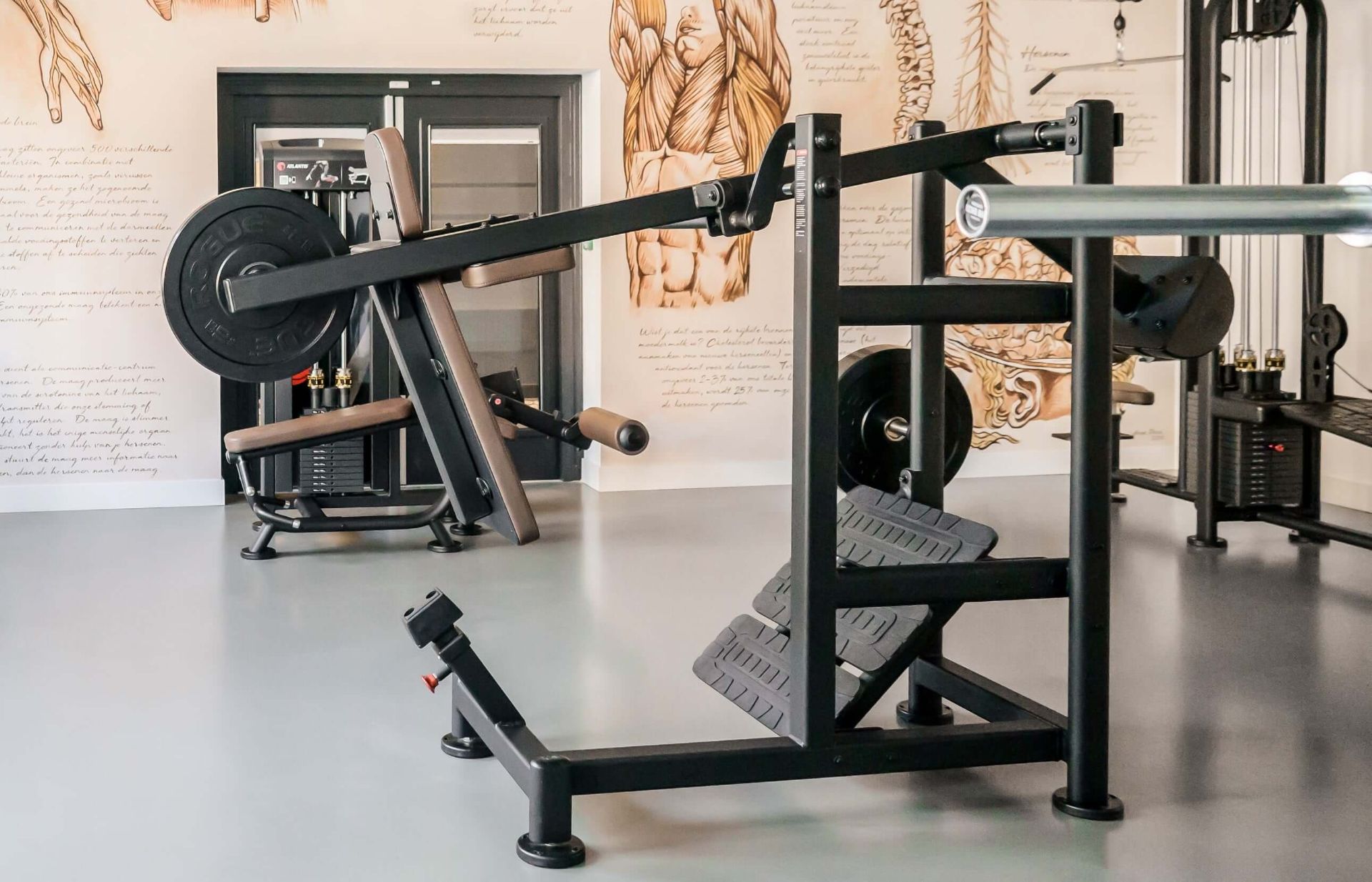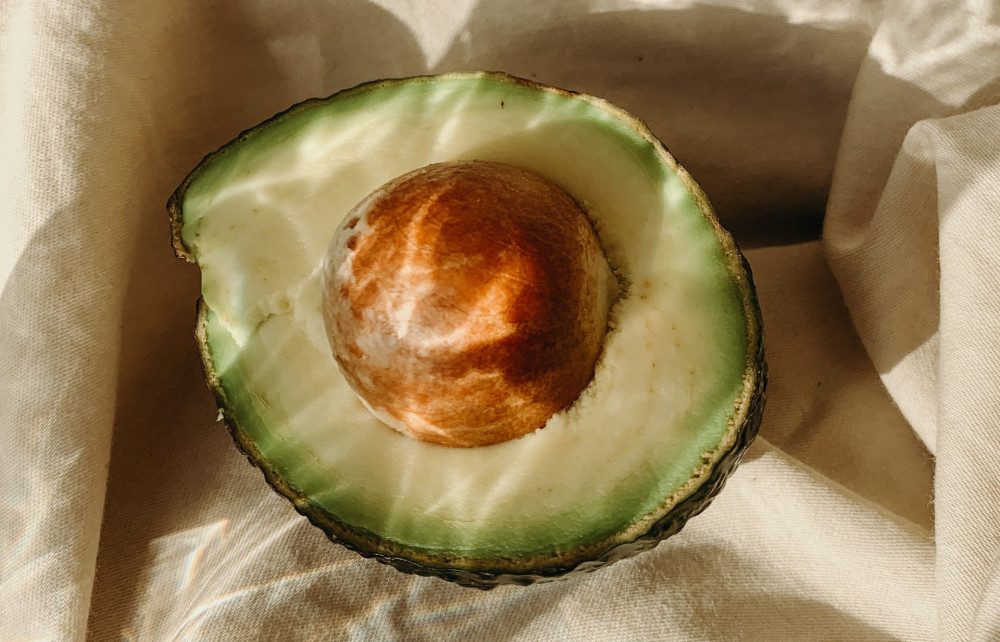
Hypertrophy: how do I build muscles successfully?
Hypertrophy stands for building muscle mass. For most of you, hypertrophy and gaining strength is the ultimate goal of all training efforts. But through what kind of training do you efficiently build up your muscle mass? In this article, we take a closer look at exactly how hypertrophy works and which mechanisms play an important role in it.
 Which mechanisms play an important role in hypertrophy?
Which mechanisms play an important role in hypertrophy?
To understand hypertrophy you first need to know what it exactly is. Hypertrophy by definition is the enlargement of an organ or tissue due to an increase in the size of the cells. In the context of muscle building and strength training, we mainly talk about increasing and growing the muscles.
The two types of hypertrophy
Science speaks of two forms of hypertrophy: sarcoplasmic hypertrophy and myofibrillar hypertrophy.
Sarcoplasmic hypertrophy targets increased muscle glycogen and water storage. As a result, there is not necessarily an increase in muscle strength, but an enormous increase in muscle size, certainly in comparison with myofibrillar hypertrophy. Think of bodybuilders, who prepare for a competition by storing glycogen and water in the muscles.
This type of hypertrophy is the least durable. Don’t train for a while and the muscles will soon be smaller. This is because a trained muscle can store 3 to 4 times more glycogen.
In contrast, myofibrillar hypertrophy is also called functional hypertrophy. Rather, this form of hypertrophy is aimed at increasing myofibril size, which makes the muscle fibers thicker. An increase in muscle strength is necessary for this shape, hence the name ‘functional’.
This form of hypertrophy is much more durable. Not exercising for a while will not immediately result in a visual difference. This is because the glycogen stores are not the cause of the enlargement, but the thickening in muscle fibers is. For this form of hypertrophy, unlike sarcoplasmic hypertrophy, you have to handle heavier weights.
The 3 mechanisms and drivers behind hypertrophy
Mechanical tension is the tension your muscle undergoes when using heavy weights during an exercise.
Muscle damage is caused when performing both concentric and eccentric movements. Eccentric movements in particular cause muscle damage, which is called microtrauma. This causes soreness in the muscles, usually one day after training. That is also the reason why you usually only have stiff muscles a day later. The repair of the damage will eventually lead to more muscle mass. This process is also called protein synthesis.
Metabolic stress is the cause of the ‘pump’ experience during strength training when performing a high number of repetitions with short rest periods. This high volume creates an oxygen shortage. This deficiency leads to an accumulation of metabolites, such as lactate. This provides an anabolic effect.
These 3 drivers show that there is 1 clear way to build muscle: strength training.
 Strength training is the most effective way to build muscle mass
Strength training is the most effective way to build muscle mass
The 3 factors that influence hypertrophy
- Biological factors such as DNA and gender.
- Nutrition.
- Training variables.
We will elaborate on the latter category, the training variables, in the remainder of this article.
The basic rules for muscle building through strength training
Progression is key
Progress is the key to successful hypertrophy. During every workout, your body must experience a slightly heavier stimulus. After the training, you recover, to be just that little bit stronger during the next training. This way you benefit optimally from adaptation and super-compensation.
Are you not letting your body experience a heavier stimulus compared to the previous training? Then your body stays in its current state and there is no progression. Keep in mind that progression can be shown in different ways: weight, number of repetitions, total volume, density (rest in between) …
Optimize execution
Using an optimal technique during your exercises equals an optimal result in terms of hypertrophy. By paying sufficient attention to implementation, you prevent unnecessary injuries or complaints.
Incorrect execution can also put stress on the wrong muscles. As a result, the muscles that actually need to be stimulated are not stimulated or are inadequately stimulated. Think, for example, of a biceps curl exercise that is performed with a swing, which puts less strain on the biceps. Or a squat in which you lean forward too much, training the lower back instead of the quads.
How many people do you know who have to stop doing bench presses or squats because of pain? Complaints can influence your exercise selection. This results in more limited options, which in turn leads to less progression. Paying attention to optimal execution can prevent this.
 Your Omnia coach makes sure you execute your exercises correct
Your Omnia coach makes sure you execute your exercises correct
Vary in training parameters
Variation is also important because the body needs different stimuli. Running the same schedule for a year will quickly cause stagnation. For optimal muscle growth, our body needs a lot of variation in the number of repetitions.
In this way, a wide variety of motor units are recruited within our muscles. A lower number of repetitions (from 4 to 8 repetitions) mainly ensure the recruitment of the fast muscle fibers, functional hypertrophy. A higher number of repetitions (from 8 to 20 repetitions) in turn, leads to recruitment of slow muscle fibers, sarcoplasmic hypertrophy.
But how do you arrange that practically, all those variations? Planning is crucial. If you fail to plan, you plan to fail. You can use the golden rule of 6 for this. After 6 training sessions, you do well to adjust your training plan, because after that amount of sessions, the progression and adaptation will be minimal and your body will need a new training protocol.
Alternate between volume and intensity
For optimal results, alternating between volume (accumulation) and intensity (intensification) is a good idea.
The volume represents the number of repetitions of the stimulus. At a higher volume, the muscles are for a longer period under tension. Go for a time of 40 seconds or more under tension per set. For example 8 reps at a 4010 pace (4 seconds eccentric, hold 0 seconds, 1 second concentric, hold 0 seconds). That’s 40 seconds per set.
The intensity represents the weight to be displaced as a stimulus. The time under tension for this type of strength training is ideally between 20 and 40 seconds per set. For example, 4 reps at a 4010 pace are good for 20 seconds per set.
The rehearsal method is the most sustainable hypertrophy training
Today you squat 50 kg for 6 and you bench press 40 kg for 6. Through smart and structured training you continue to build up until a year later you press 100 kg for 6 squat and 90 kg for 6 bench press. Your muscle mass has increased enormously. After another year of training, you squat 140 kg for 6 and you bench press 120 kg for 6. This is feasible and sustainable through the repetition method. You will be amazed at how your body and muscle mass has evolved in two years.
 The rehearsal method is the most sustainable hypertrophy training
The rehearsal method is the most sustainable hypertrophy training
Training schedule for functional hypertrophy: an example
Upper body
A1. Barbell flat bench press, medium grip, 5 x 5-7, 4010 pace, 120 seconds rest.
A2. Chin-ups, neutral narrow grip, 5 x 3-5, 4012 pace, 120 seconds rest.
B1. 45 degrees incline dumbbell press, neutral grip, 4 x 6-8, 3010 pace, 90 seconds rest.
B2. Scott curl, supinated, medium grip, EZ bar, 4 x 5-7, 4010 pace, 90 seconds rest.
Lower body
A. Barbell back squat, heels elevated, 6×4-6, 4010 pace, 180 seconds rest.
B. Lying leg curl, dorsiflexion, neutral, 4×4-6-4010 pace, 180 seconds rest.
C. 45 degrees, back extension, DB in front of the chest, 3×6-8 3012 pace, 180 seconds rest.
Training schedule for sarcoplasmic hypertrophy: an example
Upper body
A1. 35 degrees, incline bench press, medium grip, 4×8-10, 4010 pace, 90 seconds rest.
A2. Lat pull down, wide, pronated grip, 4×8-12, 3012 pace, 90 seconds rest.
B1. Flat dumbbell press, pronating, 3×8-12, 3110 pace, 75 seconds rest.
B2. Seated row, close, neutral grip, 3×8-12, 3012 pace, 75 seconds rest.
C1. Seated dumbbell lateral raises, 3×12-15, 3010 pace, 60 seconds rest.
C2. 45 degrees incline dumbbell curl, supinated, 3×8-10, 3010 pace, 60 seconds rest.
Lower body
A1. Barbell back squat, heels elevated, 4×8-10, 4010 pace, 120 seconds rest.
A2. Lying leg curl, dorsiflexion, neutral, 4×6-8, 4020 pace, 120 seconds rest.
B1. Romanian deadlift, 3×10-12 4010 pace, 90 seconds rest.
B2. Pendulum squat, 3×10-12, 4010 pace, 90 seconds rest.
C. Incline leg press, 3×12-15, 3020 pace, 60 seconds rest.


Saturated fat vs unsaturated fat: All you need to know about fats

